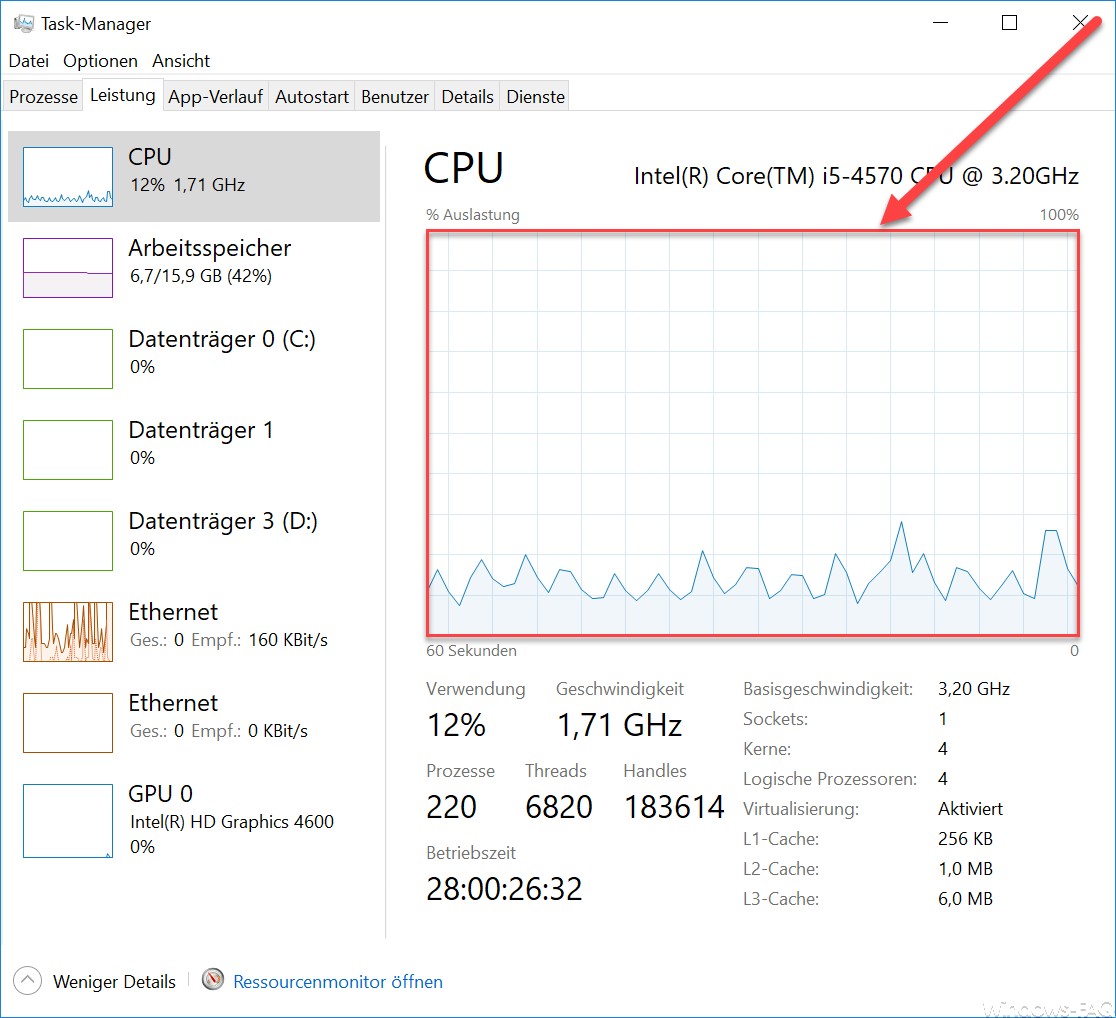

Mathematically speaking, all three values always average all the system load since the system started up. The three values of load average refer to the past one, five, and fifteen minutes of system operation.

Systems calculate the load average as the exponentially damped/weighted moving average of the load number. Such circumstances can result in an elevated load average which does not reflect an actual increase in CPU use (but still gives an idea of how long users have to wait). This, for example, includes processes blocking due to an NFS server failure or too slow media (e.g., USB 1.x storage devices). However, Linux also includes processes in uninterruptible sleep states (usually waiting for disk activity), which can lead to markedly different results if many processes remain blocked in I/O due to a busy or stalled I/O system. Most UNIX systems count only processes in the running (on CPU) or runnable (waiting for CPU) states. Each process that terminates decrements it by 1. Each process using or waiting for CPU (the ready queue or run queue) increments the load number by 1. In Linux, they can also be accessed by reading the /proc/loadavg file.Īn idle computer has a load number of 0 (the idle process is not counted). The w and top commands show the same three load average numbers, as do a range of graphical user interface utilities. Applications in the last 8 hours, apps that have run in the last 8 hours.14:34:03 up 10:43, 4 users, load average: 0.06, 0.11, 0.09.Selected Processes, processes that you selected in the Activity Monitor window.Windowed Processes, processes that create a window for user action, usually apps.Inactive Processes, processes that are sleeping.Other User Processes, processes not owned by the root user (administrator account) or the current user.System Processes, processes owned by macOS.My Processes, processes owned by your macOS® user account.All Processes Hierarchically, this allows you to see parent/child relationships in processes.You can then choose how much information to display and in what format.You can choose from CPU, Memory, Energy, Disk, Network, and Cache. Choose the process category you'd like to check on.To access the Activity Monitor go to Finder, Applications, Utilities.The easiest way to check system performance on a Mac is to use the Activity Monitor, a built-in application that gives you a live overview of your Mac’s hard drive, RAM, processor, and network usage.


 0 kommentar(er)
0 kommentar(er)
